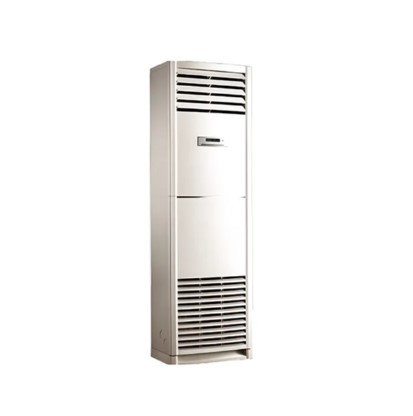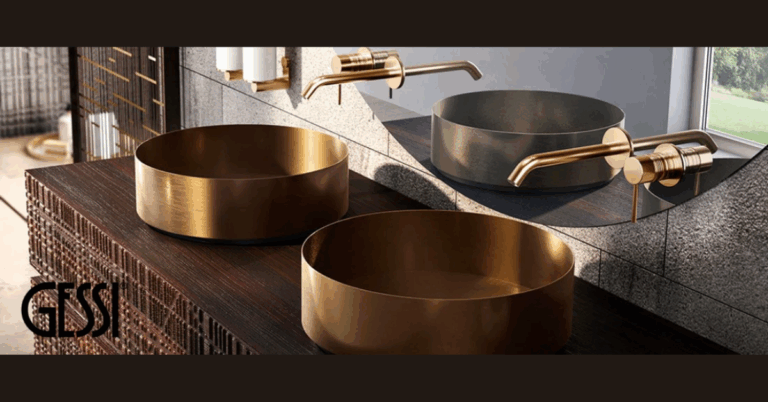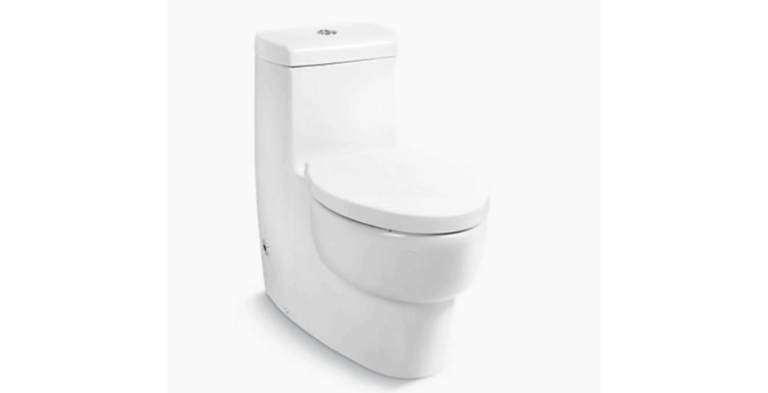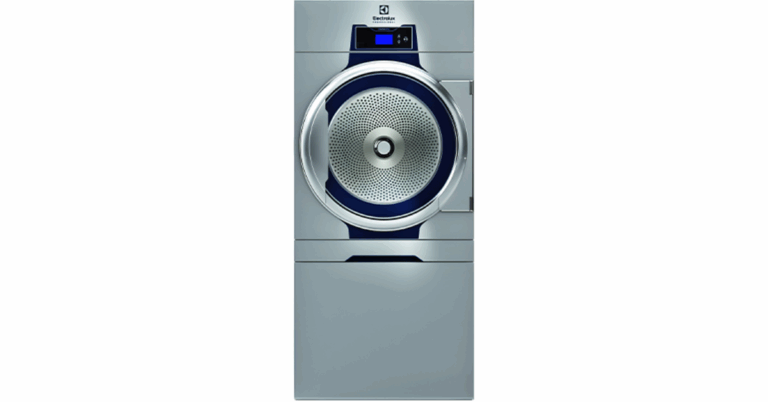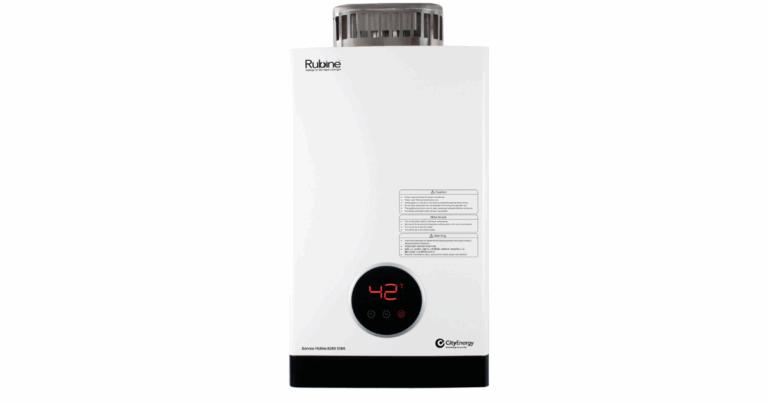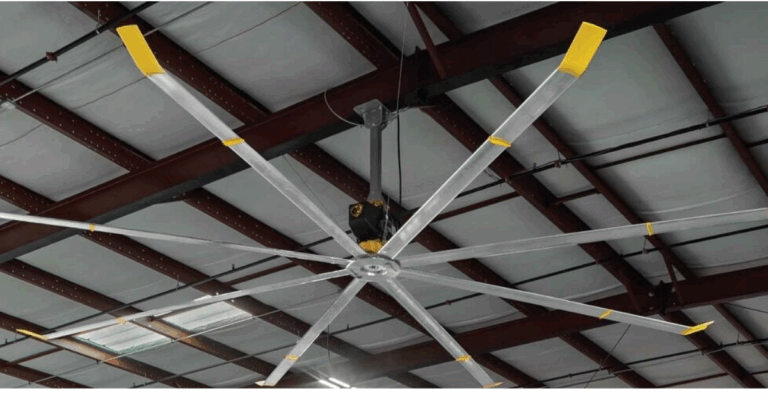Cruise Ship Floor Standing Air Conditioner RLGT: A Game Changer for Marine Cooling
In the world of maritime comfort and engineering, Cruise Ship Floor Standing Air Conditioner RLGT systems stand out as a robust solution for cooling large interior spaces on cruise ships. Engineered specifically for marine environments, these floor‐standing air conditioners offer reliable cooling, energy efficiency, and the durability needed to withstand the harsh conditions at sea. Their floor‐mounted design enables them to be installed in engine rooms, corridors, lounges, dining halls, and other large areas where ceiling or ducted systems may not be feasible or cost‐effective. In this article, we explore the features, advantages, design challenges, and operational considerations of RLGT (Royal Light General Trading) cruise ship floor standing AC units, along with insights into their maintenance, selection criteria, and future trends in marine HVAC (Heating, Ventilation, and Air Conditioning).
1. Why Floor‐Standing Units Are Favored on Cruise Ships
Cruise ships pose a unique set of challenges for air conditioning systems:
-
High heat loads: Passenger cabins, dining areas, entertainment halls, kitchens, and corridors generate significant heat from lighting, appliances, human occupancy, and external solar heating.
-
Limited ceiling or overhead space: In many ship compartments, installing large overhead ducts or ceiling units may not be practical due to structural constraints, piping, electrical runs, and other services.
-
Ease of access for servicing: Components must be accessible for maintenance even while at sea.
-
Vibration, salinity, moisture, and ship motion: HVAC units must withstand harsh marine conditions including salt spray, vibration, humid air, and pitching/rolling motions.
Floor standing units like RLGT’s address these issues by placing the bulk of the unit at ground or deck level, allowing for easier access and minimizing interference with overhead systems. Their modular design often allows retrofitting or replacement without major structural changes.
2. RLGT Floor Standing Air Conditioner – Key Features & Specifications
Royal Light General Trading (RLGT) offers a range of floor standing marine AC units optimized for cruise ship use. Some of their key features include:
-
High cooling capacity: Their offerings include units rated in tons, such as 4 Ton (48,000 BTU/hr) models.
-
Scroll compressors: These compressors are known for smoother operation and higher reliability under variable loads.
-
Protective coatings: Many units are coated with anti‐corrosive materials (e.g. Heresite) to resist salt spray and marine corrosion.
-
Flexible voltage/frequency options: Models are available for various marine power systems (e.g. 220 V 50 Hz, 440 V 60 Hz, three-phase).
-
Compact footprint: Despite their capacity, the units are designed to take minimal deck area compared to large duct systems.
-
User features: They often include automated control features (thermostats, variable fan speeds, defrost cycles) to optimize comfort and efficiency.
These features allow RLGT’s floor standing ACs to perform reliably under the demanding conditions aboard cruise ships.
3. Advantages of Using RLGT Floor Standing AC in Marine Environments
3.1 Reliability & Durability
Marine environments are tough: salt, humidity, vibration, and cyclical loads. RLGT units incorporate anti‐corrosion coatings, vibration isolation mounting, and rugged components designed for continuous operation at sea.
3.2 Serviceability
Because the units are floor-mounted, they are easier for ship engineers or HVAC contractors to access for service, repairs, or inspections. Components such as compressors, filters, fans, and control panels are within reach without needing to dismantle ceiling panels or overhead ducting.
3.3 Modularity and Scalability
Large cruise ships may require dozens of such units to cover all public spaces, corridors, and back-of-house areas. The modular nature of floor units allows incremental capacity additions or replacements without reworking the entire HVAC network.
3.4 Energy Efficiency
Modern RLGT models are designed with high-efficiency compressors and climate controls to reduce power consumption. In a ship where total energy is at a premium, every kilowatt saved counts toward operational cost reduction.
3.5 Space Optimization
By avoiding large ceiling duct runs or suspended overhead units, RLGT floor standing ACs free up valuable overhead and underfloor space for other services (pipes, wiring, insulation). This can simplify ship design or retrofit workflows.
4. Challenges & Considerations in Design & Installation
4.1 Weight & Structural Support
Floor standing units are heavy. The ship’s deck or foundation must be engineered to carry the weight (including dynamic loads under motion). Vibration isolators must be used to prevent the transfer of mechanical vibration to the ship structure.
4.2 Ventilation and Return Air Paths
Proper airflow design is crucial: sufficient clearance around the unit for intake and exhaust, return air ducts or grills, and duct couplings to adjacent zones. Poor airflow can degrade performance.
4.3 Integration with Ship HVAC Network
Though floor units are somewhat standalone, they often interface with the ship’s overall HVAC control system, thermostatic controls, zone dampers, and sensors. Compatibility and communication protocols are important.
4.4 Condensate Drainage
In a marine environment, managing condensate is critical. The design must ensure proper drainage even under ship motion, with backflow prevention and overflow safety measures.
4.5 Corrosion and Sealing
Even with protective coatings, sealing joints, electrical enclosures, and refrigerant piping is vital. Salt ingress can damage internal components, so materials, gaskets, and coatings must be chosen carefully.
4.6 Noise and Vibration Control
While cruise passengers expect tranquility, any noise or vibration from HVAC must be tightly controlled. Units must include acoustic insulation, fan silencers, and vibration dampers to minimize noise transmission into cabins or public areas.
5. Operational Aspects & Maintenance
To ensure longevity and optimal performance, cruise ship operators should adhere to the following operational and maintenance practices:
-
Scheduled cleaning and filter replacement: Dirty filters reduce airflow and efficiency.
-
Routine inspection of coils and fins: Salt buildup or fouling must be cleaned.
-
Compressor checks and lubrication: Monitor oil levels, refrigerant charge, and compressor health.
-
Vibration and alignment checks: Verify mounts, bolts, and isolates remain secure after torsion or ship movement.
-
Electrical inspection: Terminals, wiring, insulation, and control boards must be checked for corrosion or degradation.
-
Control system calibration: Sensors, thermostats, and control loops may drift over time; recalibration ensures comfort and efficiency.
-
Log and monitor performance: Trends in power draw, airflow, temperature, and alarms can indicate impending issues before failures occur.
Because cruise ships may spend long durations at sea, redundancy and predictive maintenance are essential—all systems should be monitored continuously, and spare parts should be on board.
6. Selection Criteria for Cruise Ship AC Units
When selecting an RLGT or similar floor standing AC unit for cruise ship deployment, engineers should consider:
-
Cooling capacity vs. heat load: Calculate the total cooling requirement (BTU/hr or kW) per zone, factoring in occupancy, lighting, solar gains, appliances, and ventilation loads.
-
Power supply compatibility: Match unit voltage, phase, and frequency to available shipboard electrical infrastructure.
-
Footprint & envelope constraints: Ensure there is clearance for installation, service access, and airflow paths.
-
Marine certification and compliance: Units should meet marine regulatory standards (e.g. ABS, DNV, Lloyd’s, or IMO relevant codes).
-
Corrosion protection & materials: Evaluate coatings, stainless steel, copper piping, and high-grade gaskets for salt resilience.
-
Acoustic performance: Confirm sound levels meet passenger comfort thresholds.
-
Ease of maintenance & parts availability: Prefer designs with modular components, global parts support, and remote diagnostic capabilities.
-
Energy efficiency & lifecycle cost: Lower initial cost may be offset by higher operating cost over the life of the vessel.
-
Redundancy and backup capacity: Critical zones should have backup capacity in case of unit failure.
By rigorously applying these criteria, cruise ship designers and HVAC integrators can ensure robust and maintainable cooling systems on board.
7. Case Example: Applying RLGT Units in a Cruise Ship Environment
Imagine a mid-sized cruise ship seeking to retrofit an older ventilation system in its public lounge area that spans 800 square meters and experiences heavy solar gain through glass façades. Ceiling ductwork is impractical due to low overhead clearance and existing structural beams. The HVAC design team chooses to install several RLGT floor standing AC units strategically along the perimeter:
-
Each RLGT unit delivers about 4 tons (48,000 BTU/hr), allowing modular zoning of the lounge.
-
Units are mounted on vibration isolators with drip pans and sloped condensate drains to handle motion.
-
Return air is drawn via low-level grills, and supply air is ducted modestly into the occupied zone.
-
Controls are networked to the central HVAC system for scheduling, monitoring, and adaptive operation.
This solution provides the cooling capacity needed, while avoiding expensive demolition of ceilings and ductwork. The design also ensures maintenance teams can service the units during normal operations without disrupting passengers.
8. Future Trends & Innovations in Marine Floor Standing ACs
The marine HVAC industry continues to evolve, and several trends are shaping future floor standing AC systems for cruise ships:
-
Variable Refrigerant Flow (VRF) integration: More units may support multi-split configurations or VRF-like performance for better part-load efficiency.
-
Smart and remote monitoring: IoT sensors, predictive analytics, and remote diagnostics will help detect faults early and optimize energy consumption.
-
Eco-friendly refrigerants: Transition to low-global-warming potential (GWP) refrigerants, such as R-32, R-454B, or R-290, to meet environmental regulations.
-
Hybrid energy systems: Integration with ship’s waste heat recovery or co-generation systems to reduce HVAC energy demand.
-
Advanced materials and coatings: New anti-biofouling, self-cleaning coatings, and corrosion-resistant composites will reduce maintenance.
-
Compact, high-efficiency designs: Improved compressor and heat exchanger technologies will yield more cooling per footprint, enabling smaller units or higher capacity in the same space.
As cruise ships demand ever greater energy efficiency and environmental compliance, RLGT and similar marine AC providers will be under pressure to innovate.
9. Conclusion
In the specialized world of marine HVAC, Cruise Ship Floor Standing Air Conditioner RLGT units offer a compelling solution to many of the cooling challenges aboard cruise ships. By delivering strong cooling capacity, modularity, serviceability, and durability under harsh marine conditions, these floor‐standing systems fill a critical niche where overhead ducting or ceiling units are impractical.
However, to reap the full benefits of such systems, cruise ship engineers must carefully design weight supports, airflow paths, condensate systems, corrosion protection, acoustic isolation, and integration with the ship’s control architecture. With proper maintenance, redundancy, and future upgrades, RLGT floor units can provide decades of reliable service at sea.
As the marine industry advances toward smarter, greener, and more efficient HVAC systems, future iterations of these floor units will likely incorporate IoT monitoring, eco-friendly refrigerants, hybrid energy strategies, and advanced materials. For cruise lines looking to optimize onboard climate control, RLGT floor standing AC systems are an investment in reliable, maintainable comfort for guests and crew alike.

